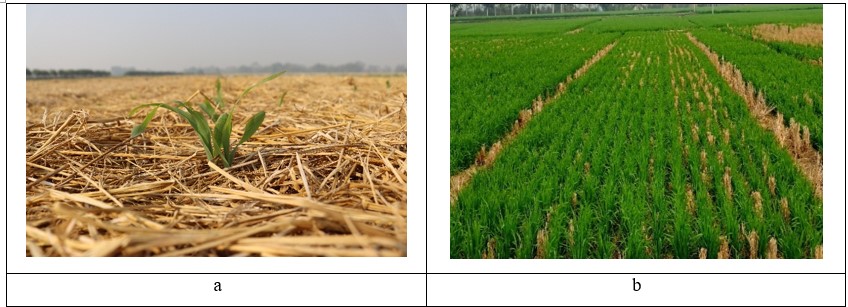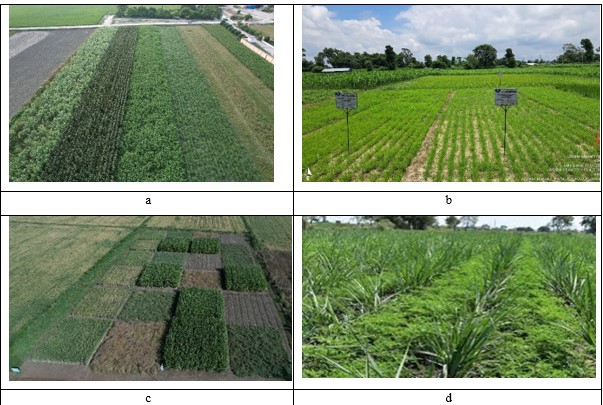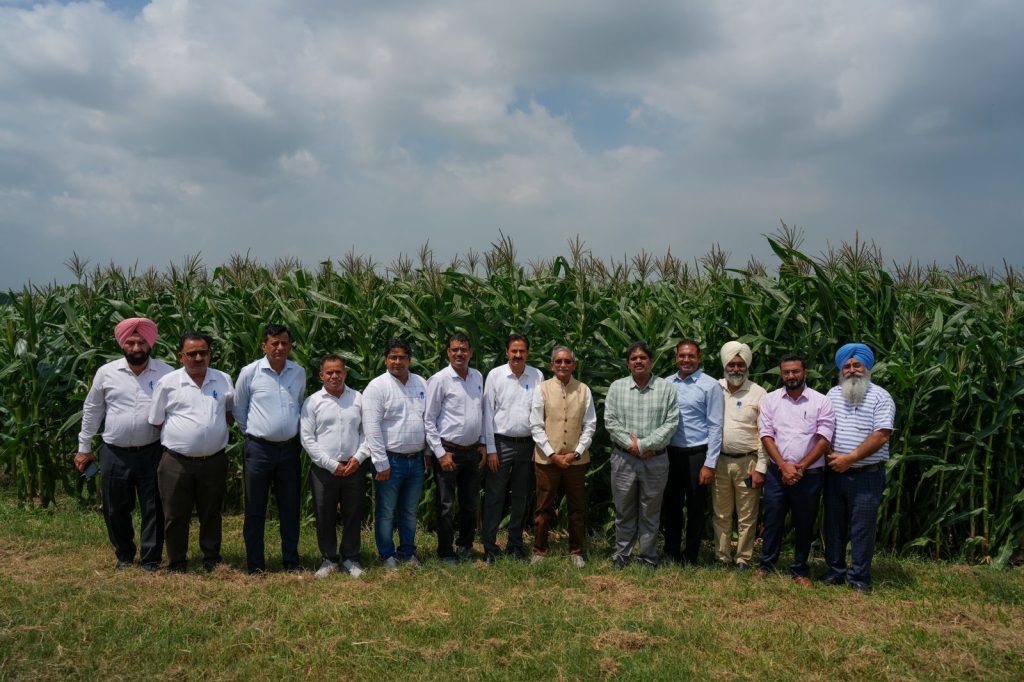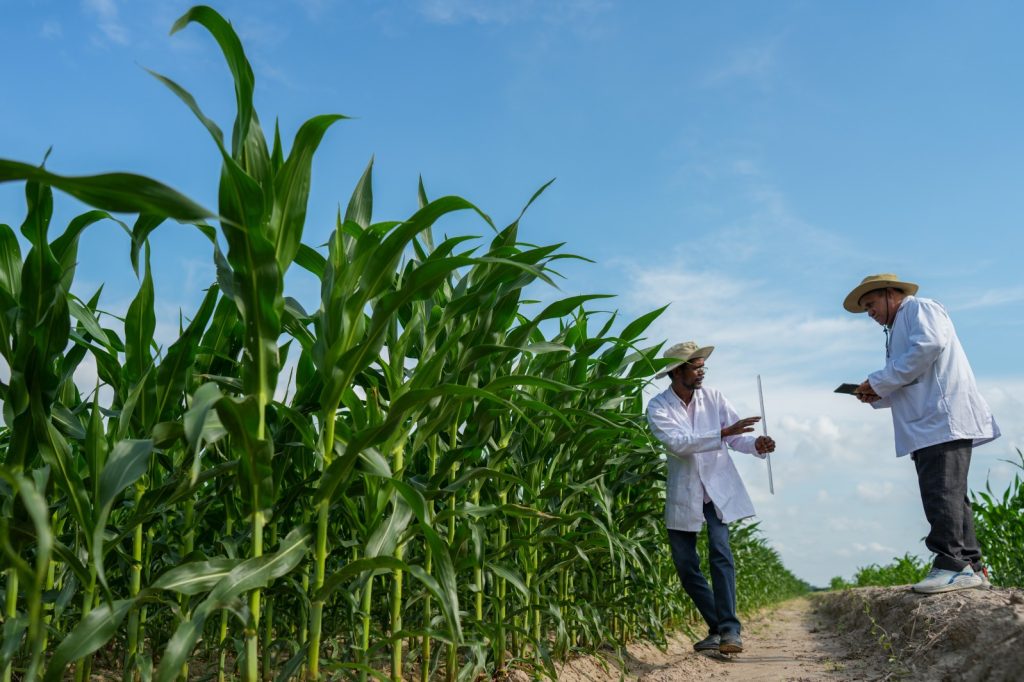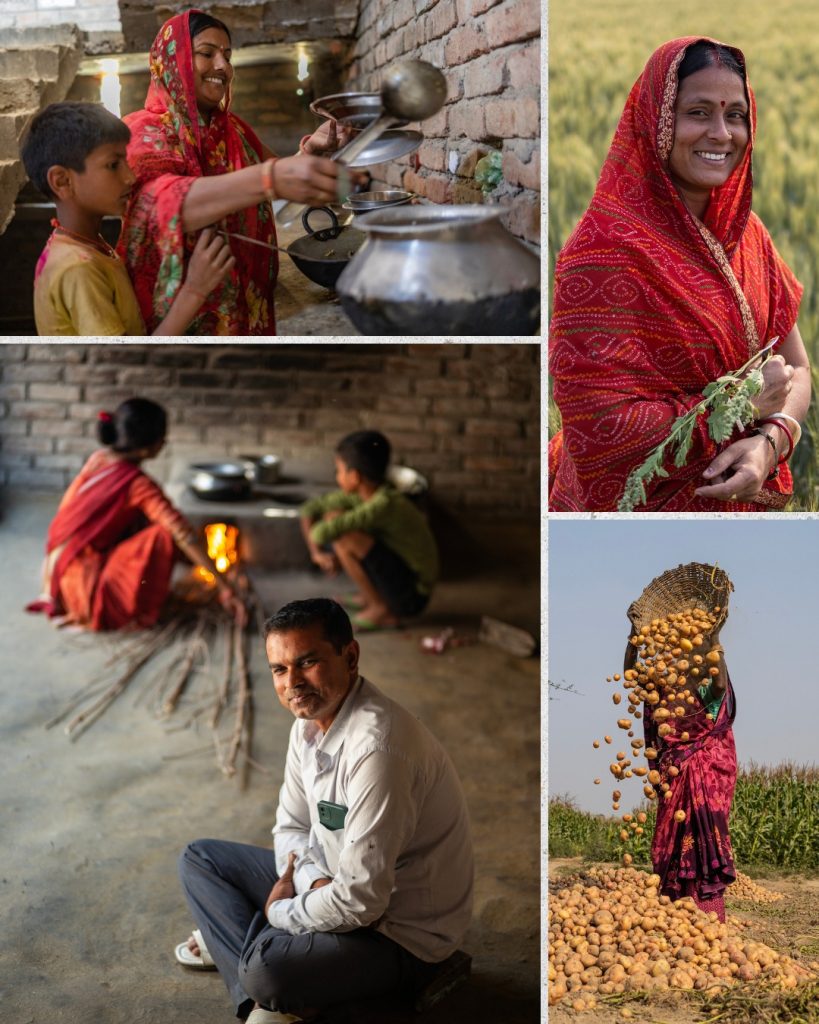Driving Agricultural Transformation through Digital Innovation
By
Prasun Gangopadhyay, Borlaug Institute for South Asia (BISA)
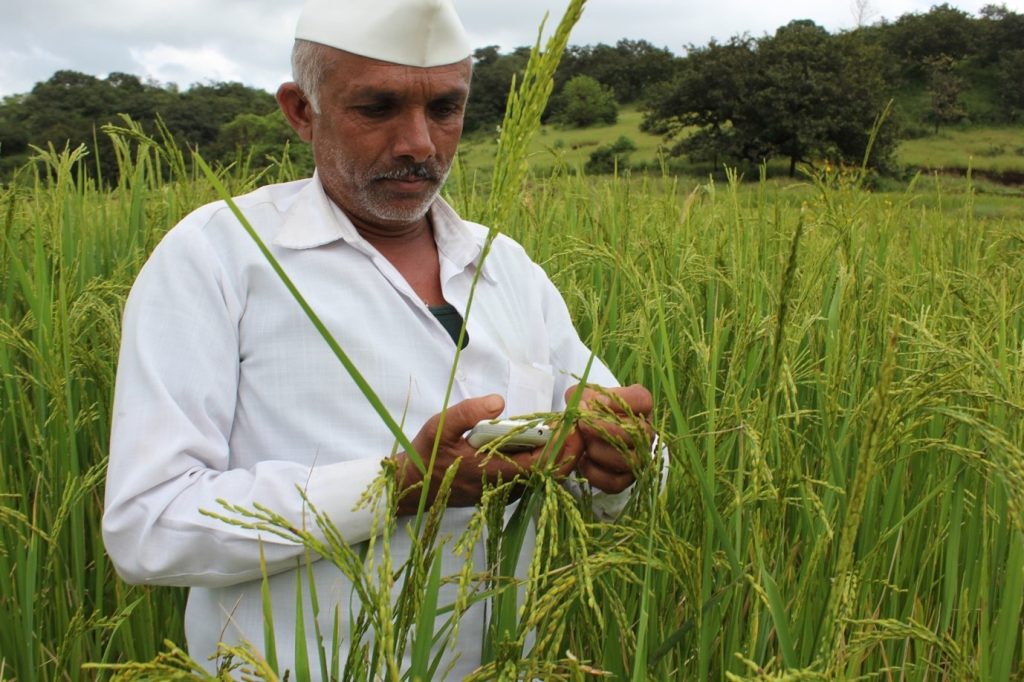
In the digital age, agriculture is undergoing a profound transformation powered by advanced technologies. The integration of digital tools is not only enhancing productivity but also building resilience against climate change and market volatility. From on-ground intelligence to remote sensing and advanced data analytics, these technologies are reshaping how farmers manage resources, mitigate risks, and maximize yields. This digital revolution in agriculture is not just about efficiency but also about sustainability and informed decision-making. Here, we explore how these technologies are driving agricultural transformation, their impacts on the value chain, and how they are paving the way for policy reorientation to support a more resilient agricultural ecosystem.
On-ground Intelligence and Crowdsourcing
On-ground intelligence is the cornerstone of modern digital agriculture. It involves collecting real-time data directly from the field, enabling farmers to monitor crop health, soil conditions, and pest infestations with unprecedented accuracy. This intelligence is increasingly being crowdsourced, empowering farmers to actively contribute to data collection and share localized insights. Crowdsourcing platforms allow farmers to report pest outbreaks, disease prevalence, and weather anomalies, which are then aggregated to create a comprehensive landscape-level picture. This collective intelligence not only enhances early warning systems but also fosters community resilience. Farmers can make timely decisions, such as adjusting irrigation/ fertilizer schedules or applying pest management solutions, to optimize inputs and safeguard yields. The collaborative nature of crowdsourcing also builds social capital and knowledge networks, ensuring that best practices are shared across farming communities.
Remote Sensing with UAVs, Satellites, and Handheld Instruments
Remote sensing technologies are revolutionizing agricultural monitoring and management. Unmanned Aerial Vehicles (UAVs), satellites, and handheld instruments like GreenSeeker are transforming how farmers gather data about their fields. UAVs provide high-resolution aerial imagery, enabling precise mapping of crop health, soil moisture, and nutrient deficiencies. Satellites offer a broader perspective, delivering real-time data on weather patterns, temperature fluctuations, and drought risks. Meanwhile, handheld devices such as GreenSeeker measure crop vigor and nitrogen content, helping farmers optimize fertilizer use. These technologies facilitate precision agriculture, ensuring that inputs such as water, fertilizers, and pesticides are applied efficiently and sustainably. By reducing resource wastage and enhancing productivity, remote sensing tools not only increase profitability but also minimize the environmental footprint of farming practices.
Data Analytics, Information Integration, and Knowledge Dissemination
The massive influx of data from on-ground sensors, UAVs, satellites, and crowdsourced inputs necessitates advanced data analytics for meaningful interpretation. Machine learning algorithms and artificial intelligence (AI) models are being used to analyze complex datasets, identify patterns, and generate predictive insights. Data analytics empower farmers with actionable information, such as yield forecasts, pest and disease outbreaks, and market price fluctuations. Moreover, information integration and reanalysis allow the consolidation of diverse data sources into unified platforms, enhancing decision-making. Blockchain technology is also being leveraged to ensure data security, transparency, and traceability, building trust across the agricultural value chain. This integration creates dynamic agricultural intelligence systems that continuously learn and adapt, ensuring that farmers receive timely and accurate recommendations. For instance, real-time weather updates combined with soil moisture data can provide irrigation alerts, optimizing water usage and preventing crop stress. Additionally, effective knowledge dissemination through digital platforms, mobile applications, and social media ensures that farmers access tailored advisory services, best practices, and market information. This empowers them to make informed decisions and adapt to changing climatic conditions.
Impact Assessment and Policy Reorientation
Digital agricultural technologies are driving significant impacts across the value chain, including productivity gains, input efficiency, and environmental sustainability. To evaluate these impacts, advanced impact assessment tools are being deployed, measuring outcomes such as yield improvements, resource optimization, and risk mitigation. These assessments provide valuable feedback, enabling continuous improvement of digital interventions. Furthermore, the insights generated from impact assessments inform policy reorientation. Policymakers can leverage evidence-based data to create an enabling environment for digital agriculture by enhancing rural connectivity, providing credit/ subsidy for technology adoption, and promoting sustainable agricultural practices. This strategic policy reorientation not only enhances farmers’ livelihoods but also contributes to national food security and climate resilience. As digital agriculture continues to evolve, policy frameworks must be adaptive and inclusive, ensuring that smallholder farmers, women, and marginalized communities benefit from technological advancements.
BISA’s Role in Advancing Digital Agriculture
The Borlaug Institute for South Asia (BISA) is revolutionizing agriculture through digital technologies, empowering farmers and enhancing agricultural value chains. BISA developed comprehensive digital databases and spatial tools to provide real-time weather forecasts, climatic risk assessments, and best practices, helping farmers optimize input efficiency and manage pest and disease outbreaks. By integrating artificial intelligence, BISA enabled real-time pest management, reducing crop losses and minimizing environmental impacts.
To estimate agricultural production before harvest, BISA co-developed the CCAFS Regional Agriculture Forecasting Tool (CRAFT), providing predictive insights for strategic planning. Additionally, BISA’s use of advanced digital tools, such as Phenocart, UAVs, handheld sensors, and digital cameras, enhanced the efficiency of High Throughput Phenotyping (HTP) in breeding trials.
One of BISA’s flagship initiatives is the Atlas of Climate Adaptation in South Asian Agriculture (ACASA), offering granular-scale information on climate hazards, exposure, vulnerability, impacts on key commodities, and adaptation options for future climate scenarios. ACASA supports stakeholders in investment targeting, decision-making, and policy formulation, benefiting governments, agribusinesses, donors, and adaptation-focused organizations.
Through these initiatives, BISA demonstrates how digital agriculture can enhance food security, economic prosperity, and climate resilience, paving the way for sustainable practices and resilient farming communities in South Asia.



